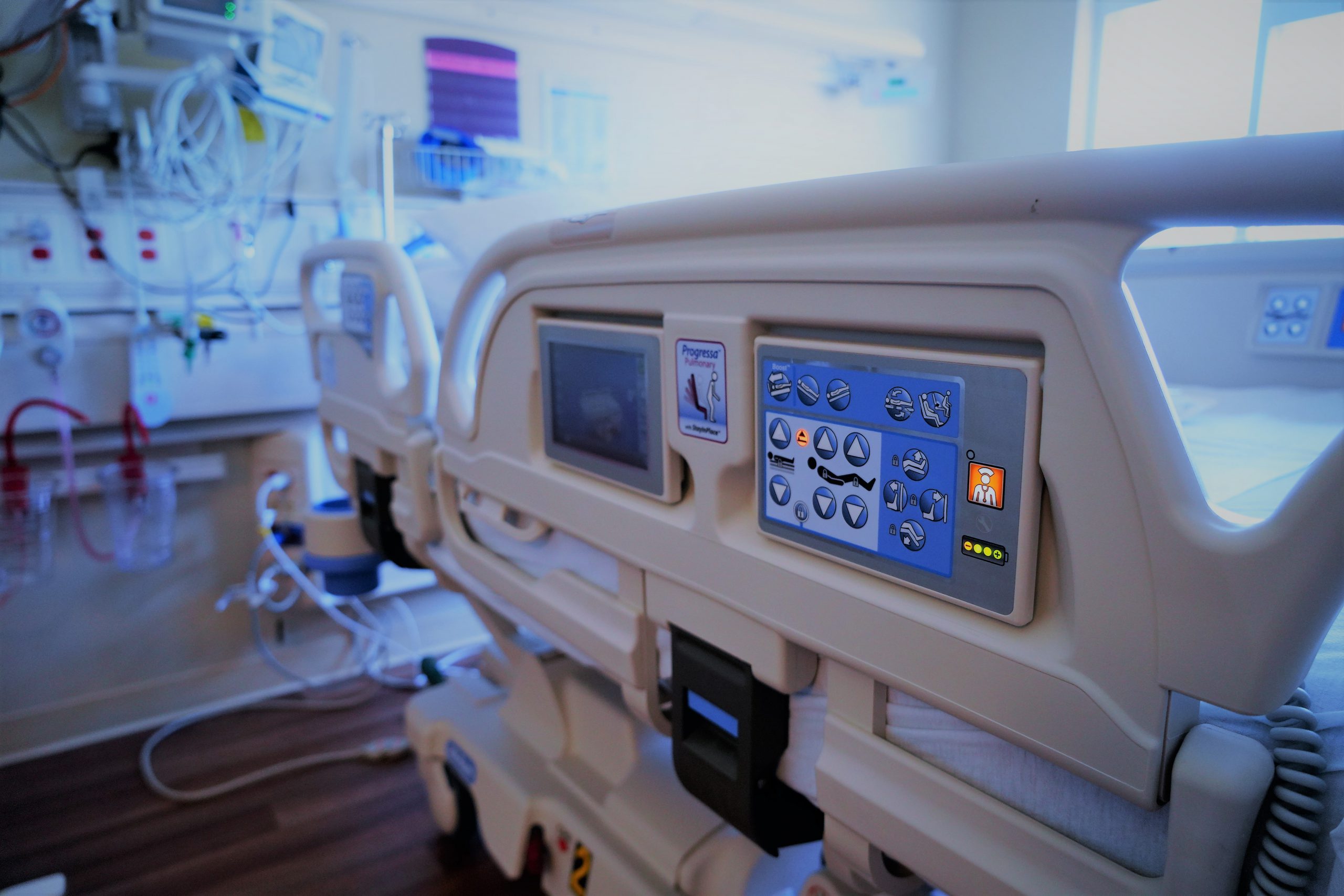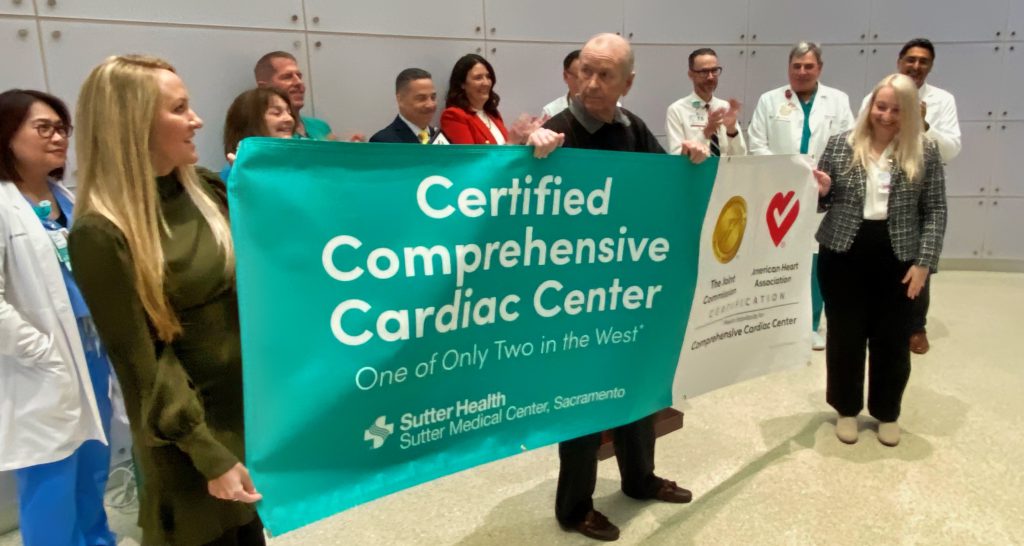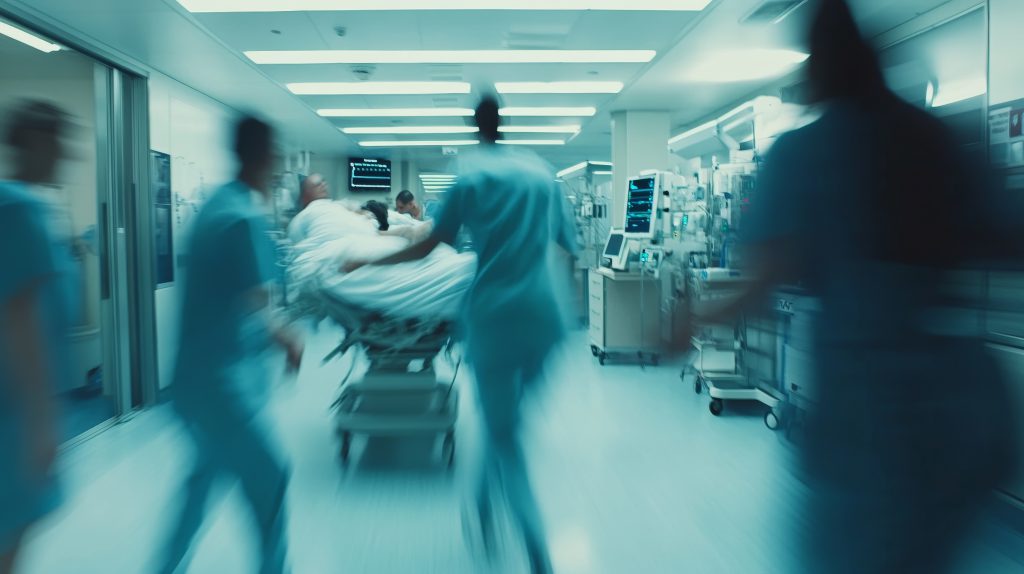First there were smart phones. Next came smart watches, smart cars, smart doorbells and even smart thermostats. But these modernized conveniences aren’t limited to just home. They are now for the hospital, too.
“Smart” hospital beds are a great example. Sure, they offer plenty of amenities, including USB ports for patients to charge their mobile devices, as well as device-storage compartments. The beds also follow a “safety-first” approach, which is critical in healthcare.
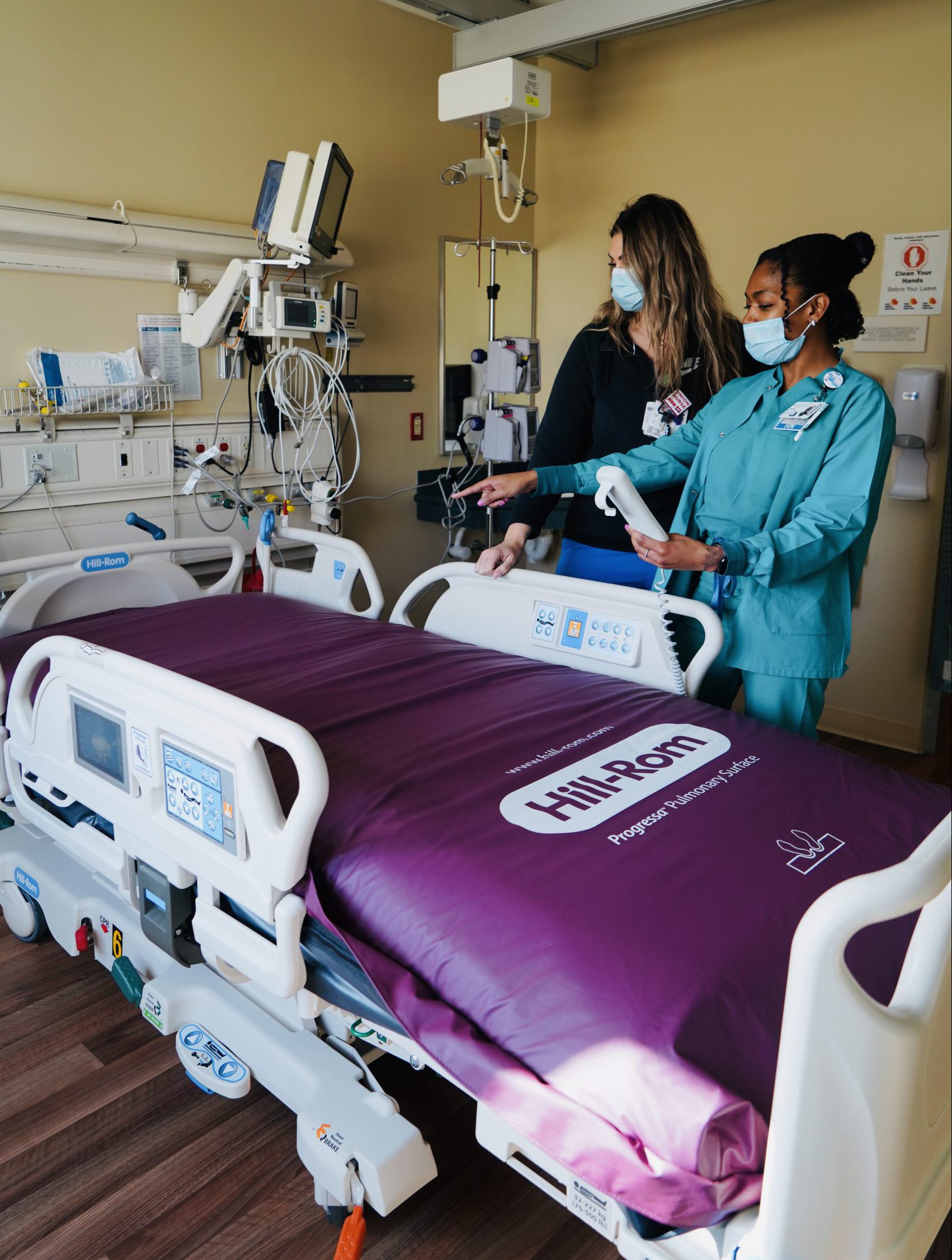
Registered nurses Meghan Grant (L) and Hudgy Garnier (R) explore the enhanced capabilities of Novato Community Hospital’s new high-tech ICU and medical-surgical beds.
The beds’ built-in safety features, like continuous heart rate and respiratory rate monitoring, enable nurses to perform their duties more seamlessly, says Lisa Gammon, who is the interim chief administrative officer and chief nurse executive at Sutter’s Novato Community Hospital in California’s northern Bay Area. She and her team recently added 36 new smart beds to the hospital’s intensive care and medical-surgical units.
These newest beds include pressure-redistribution functions that reduce a patient’s chance of getting a pressure sore or bed sore. The bed’s mattress surface also has “microclimate” technology that Gammon says removes body heat and excess moisture, which helps to prevent skin breakdown.
Read more about the hospital’s bed upgrade in the Marin Independent Journal.
What’s more, these new beds talk. They have verbal commands that can tell a patient “Please don’t get up” if he or she tries to leave the bed. The bed can also say “Your care team has been called” if a patient presses the call button. And the bed can tell a nurse “Brake not set” if its wheels are not secured.
The beds’ verbal prompts can be set to 20-plus languages, which helps clinical care teams bridge language gaps with non-English speaking patients. In Marin County, Calif., for example, the most common languages spoken are English, Spanish and Vietnamese.
According to Novato Community Hospital Patient Care Manager Shari Marshall, “The patient bed is the most used tool in the hospital.” She says everyone from nurses and doctors to physical and occupational therapists to environmental services staff and equipment engineers all interact with patient beds as part of their jobs.
“We value our nurses and staff at the bedside, and when we have new equipment like this that is state of the art, it sends a message that we appreciate all the stakeholders involved,” Marshall says.
Having high-tech beds with the latest technology helps reinforce patient safety measures, particularly as it relates to patient falls. Each year, somewhere between 700,000 and 1 million people in the United States fall in the hospital, with research showing that close to one-third of these falls can be prevented.
The smart beds come equipped with fall-prevention guards and automatic turn-assist features to help nurses move patients on their sides and help get them out of the bed more easily. They also come motion-activated night lights, which are helpful for both nurses and patients when they need to get out of bed in the middle of the night.
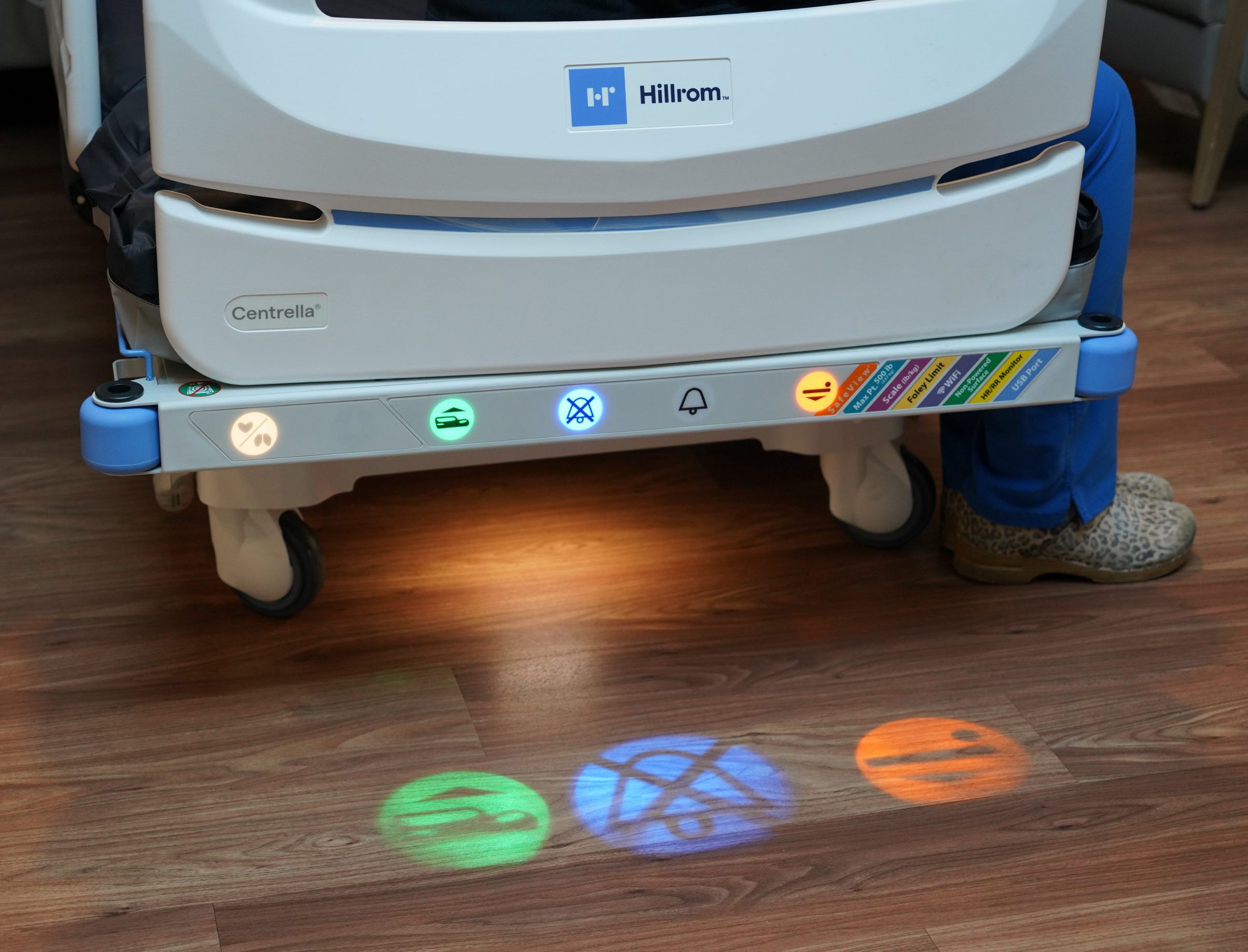
New hospital “smart” beds have display lights that project icons on the floor so care teams can easily see the bed’s settings.
“Now I know if the bed-exit alarm is set just by looking at the floor,” says Registered Nurse Hudgy Garnier. The bed’s on-display technology beams its settings on the floor so nurses can see at a glance which features are turned on or off and make adjustments as needed. Garnier says this feature is especially helpful when nurses are rounding and not necessarily at the bedside performing a check in or assessment. Garnier says, too, that because the beds talks to patients that it helps cut down on alarm fatigue.
Gammon says Sutter Health and generous philanthropic donors helped fund the purchase of the hospital beds.
“It is such a pleasure to take care of the patients with the newest equipment available, says Marshall. “It makes for happy patients, which makes for happy nurses and doctors.”

